What Is an Annual Plant vs. a Perennial—and Its Benefits
Some of your garden favorites are annual plants—but what does that mean?
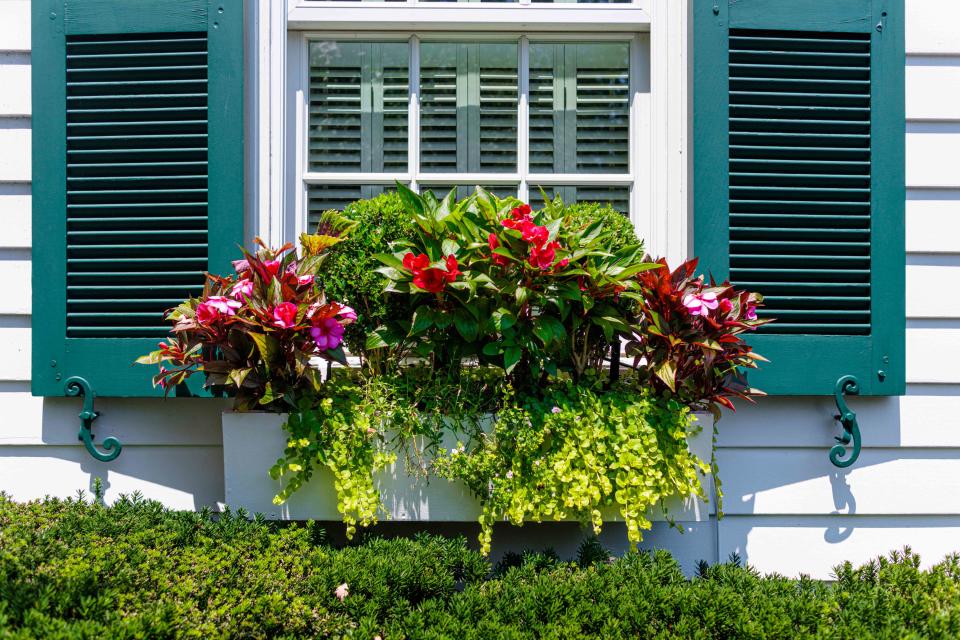
Grace Cary/Getty Images
Annual plants are a mainstay of gardening—whether you have a beginner's container garden or are a seasoned gardener—and you probably have more than a few in your garden. But, what is an annual plant exactly? Here, we break down annuals vs. perennials, their benefits, and a few popular annual varieties to include in your garden.
What Is an Annual Plant?
Annual plants (by definition) are plants that complete their life cycle and die in one growing season (a year). They include many herbs and vegetable plants, alongside some flowers and foliage. Normally, annuals need to be replaced year after year.
Annuals vs. Perennials
Unlike annuals, perennial plants live for three or more growing seasons (or years). Once planted, perennials like roses, tulips, and hydrangeas grow back year after year without needing replacement. There are exceptions to how annuals and perennials grow, though.
Depending on the local climate and your gardening zone, some plants may be both an annual and a perennial—or act like it. Plants grown outside of their optimal temperature zone may grow for a part of the year and die once the weather is unsuitable for their growth. For instance, in cooler planting zones, some flowers will die off due to the freezing temperatures, but they may come back as perennials in warmer areas of the country where they don't get damaged by frost.
Sometimes, annual plants may seem like they're perennials since they grow for more than one season. But really, the plant probably dropped a seed (or more) before dying, which will now grow the next season. Luckily, such annual plants keep thriving without needing to be replaced yearly.
Types of Annual Plants
Though there are many varieties of annual plants, they can usually be divided into a few categories: those that like cool temperatures, those that like warm temperatures, and those that like a little of each. Here's what that means.
Hardy Annual Plants
Also called cool-season annuals, hardy annuals grow best in cooler weather. They can withstand a bit of frost without protection and are ideal for those early spring and fall months. Examples include pansies and snapdragons.
Tender Annual Plants
On the other end of the spectrum are warm-season annuals (aka tender annuals), which need heat to flourish. These annuals don't fare well in cool temperatures, so it's best to plant them in late spring. Examples of tender annual plants include marigolds and zinnias.
Half-Hardy Annual Plants
Falling in between, half-hardy annuals can grow in various temperature zones. They tolerate cool and warm months, making them ideal for year-round garden beauty. Plants like bells of Ireland and strawflowers are half-hardy annuals.
Benefits of Planting Annuals
While perennials may feel like the perfect, cost-effective way to grow your garden (as you'll get long-term bang for your buck), there are many reasons to hit the garden center year after year for annual plants. These are some of the benefits of having annual plants in your garden.
Grow an Edible Garden
Planting annuals is essential if you wish to have an edible garden since many vegetable, herb, and fruit plants are annuals. Cucumbers, potatoes, and peppers are examples of annual plants that can be harvested and replanted for the next season. Though you'll have to replenish your garden yearly, you'll also have a bounty of homegrown food at your disposal.
Fill Containers and Pots
There are certainly perennial flowers that can grow in containers, but in many cases, annuals are a perfect container plant. With only a short growing season, annual plants are unlikely to outgrow the container and require repotting. Additionally, they can be easily (and inexpensively) switched out as the seasons change and the blooms fade, allowing you to plant pansies in the spring and impatiens in the summer.
Enjoy More Blooms
Annual plants put a lot of effort into growing flowers. As such, they tend to have a longer blooming season than perennials, so they're a great source of additional color as the perennial parts of your garden cycle through their bloom times every year. (That way, you never end up with a time of year when nothing's blooming.)
Experiment With Different Plants
Since annuals die within one growing season, this allows you to experiment with a variety of plants each year. If you get bored of your garden easily, planting annuals lets you change the look and color scheme each year. You can also test out which types of annuals work best for your location.
Popular Annual Plants for Your Garden
There's a reason you'll see many of these annuals popping up in gardens in your area—they're easy to grow and gorgeous too. Consider adding a few of these popular annual plants to your outdoor containers and landscape.
Alyssum
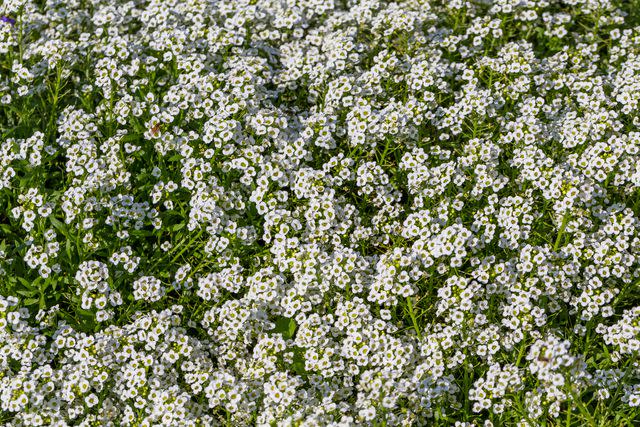
These tiny, snow-like blooms make a great ground cover in your garden. It's a spring-blooming flower, that often goes dormant in the summer. While white is the most common color, you can also find alyssums in pink, peach, and purple.
Basil
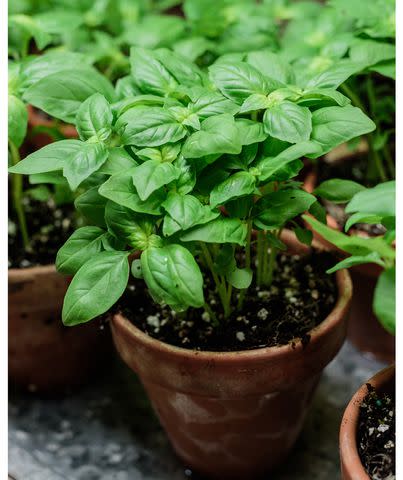
One of the most popular herbs, basil is an annual that flowers in late summer or early fall. You may be able to grow basil indoors if you have a very sunny window. Imagine having fresh basil available in your garden or kitchen for your recipes.
Begonia
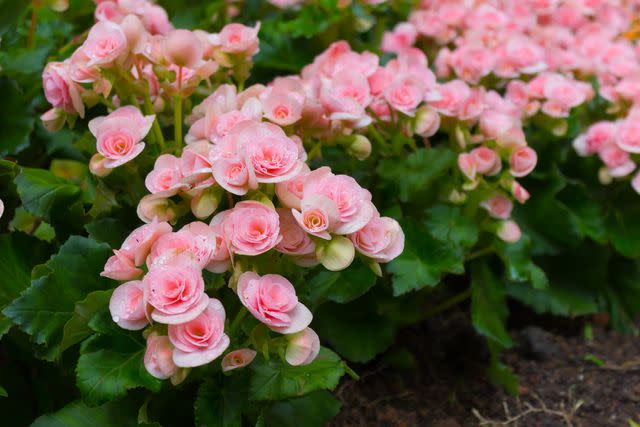
oopoontongoo / Getty Images
Pretty begonias are edible flowers that bloom in the summer and fall—they have a subtle, citrusy flavor. Plant them in partial shade for thriving flowers. They're usually considered an annual, but you can overwinter them if you dig up the tubers and store them.
Cucumber
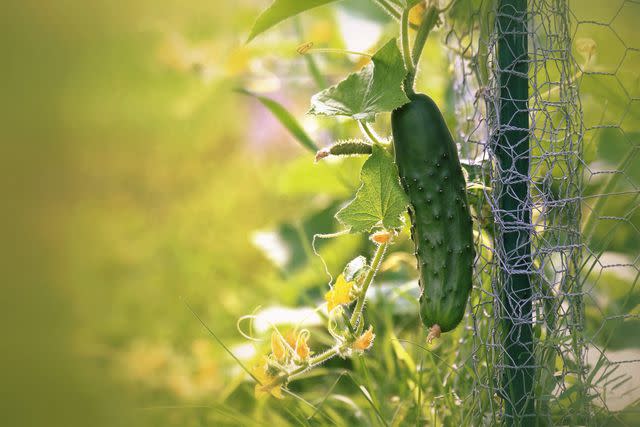
Most vegetables are annual plants—and cucumbers are no exception. Though they require a good amount of space, you can easily use a cucumber trellis to grow your produce. Harvest once ripe and replant for ongoing cucumber availability.
Dill
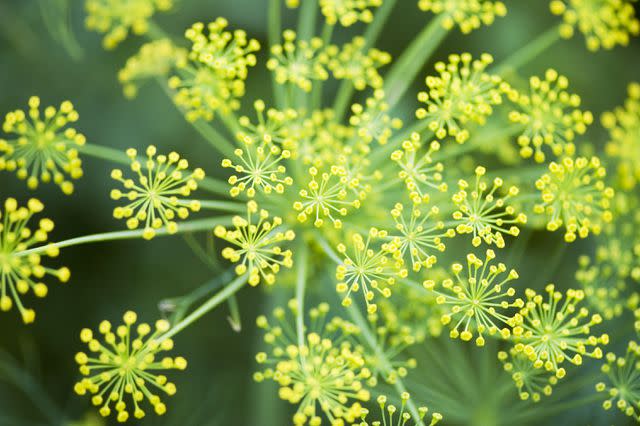
This annual herb (and a favorite cucumber companion) is easy to grow—and will even look pretty in your garden when the flowers bloom. Great for making dill pickles, the dill plant requires plenty of sunshine. You can grow dill outdoors or in a pot indoors—as long as it's in a sunny location.
Impatiens
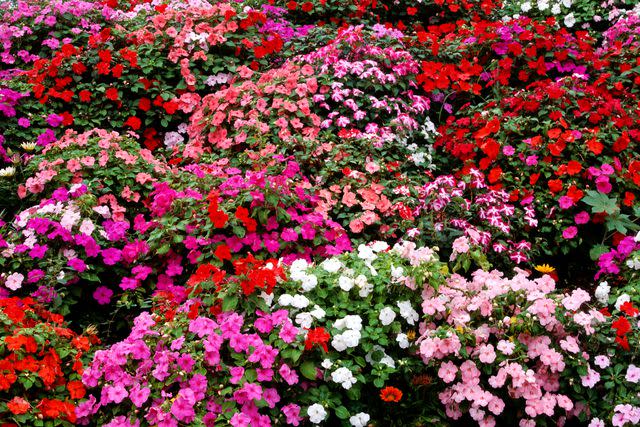
Impatiens are among the most popular and beloved annual plants, thanks to their easy-care vibe and long bloom time. They're great for containers and thrive in the shade. Also known as touch-me-nots, impatiens provide lots of color to your garden.
Marigold
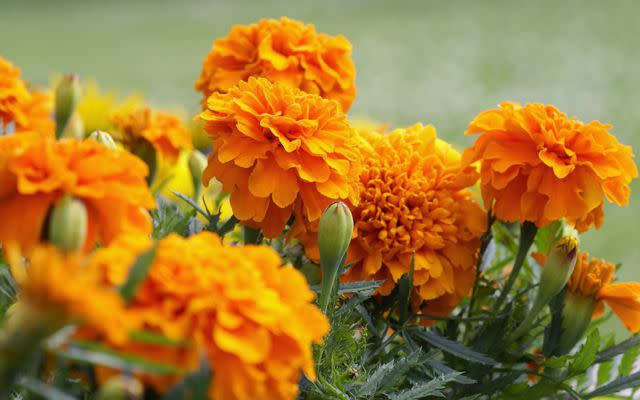
Getty Images/schnuddel
These pretty flowers are perfect for a pollinator-friendly garden since they attract butterflies and bees while helping to keep other pests away. They're a full-sun plant and need to be deadheaded regularly to encourage new blooms. Popular marigold colors include bright oranges and yellows, but you'll also find red or white marigold flowers.
Petunias
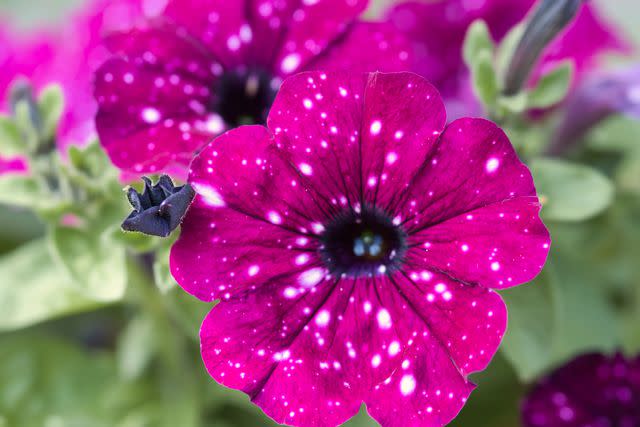
ewa saks/getty images
Another easy-to-grow annual that's container-friendly, petunias bloom from spring to fall—and may come back for a few years in warmer climates. They're one of various plants that help repel bugs and mosquitoes, making them an ideal addition to your home garden. Petunia flowers come in assorted colors and can be grown in hanging baskets or containers.
Peppers
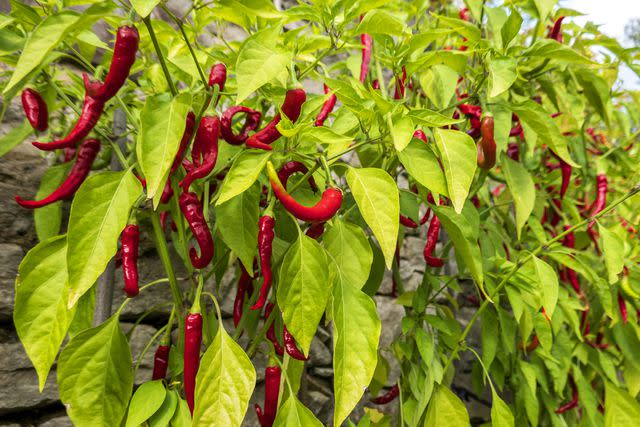
Westend61/Getty Images
Whether you're a fan of hot peppers—like habanero or jalapeño—or prefer the sweeter bell varieties, pepper plants will likely need to be replanted annually. After cooking with your peppers, plant their seeds for new harvest. Many pepper varieties grow within two to six months.
Sunflowers
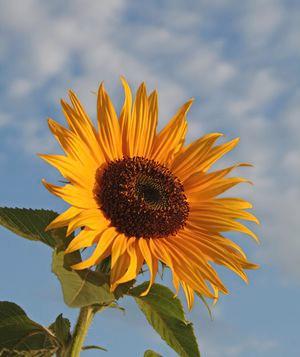
One of the biggest and boldest annuals, bright sunflowers can be a showcase addition to your garden. They can grow anywhere from one to 14 feet tall, depending on the variety. True to their name, sunflowers require plenty of sunlight, so pick a well-lit area when growing sunflowers.
Tomato Plants
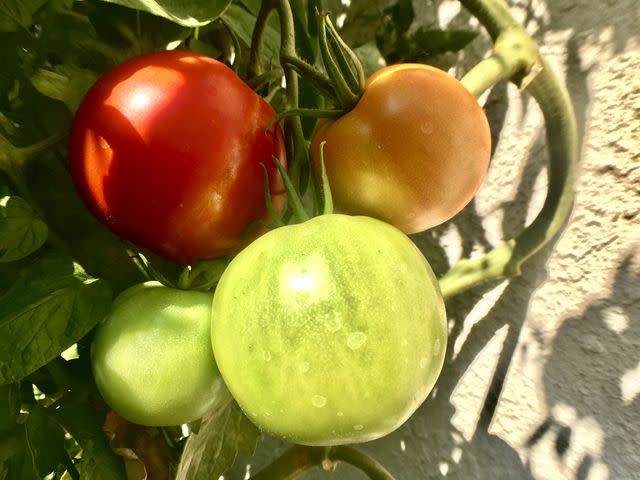
samuel howell / Getty Images
This easy-to-grow plant (technically a fruit) is a popular garden favorite—though you'll likely need to replant tomatoes every year. Tomatoes need lots of sun and may be ready for harvest within a few months. That means you can have fresh tomatoes in your garden ready to use in delicious recipes or for tossing into salads.
Verbena
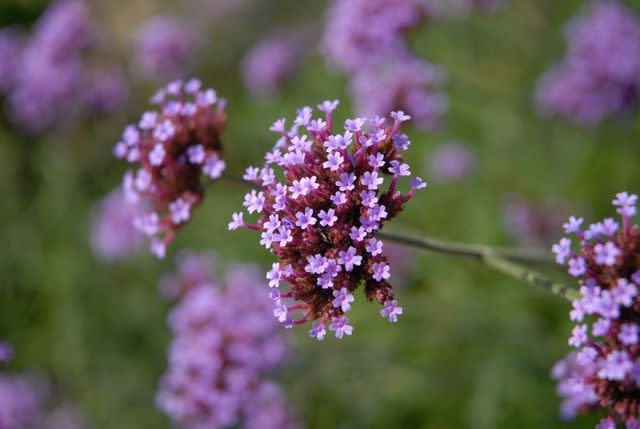
Josie Elias/Getty Images
These long-blooming flowers are annuals in many zones but may come back if you live in zones 8 to 11. Verbenas thrive in heat and full sun and come in many colors. Grow verbena flowers in containers or hanging baskets, as well as a garden border.
Zinnias
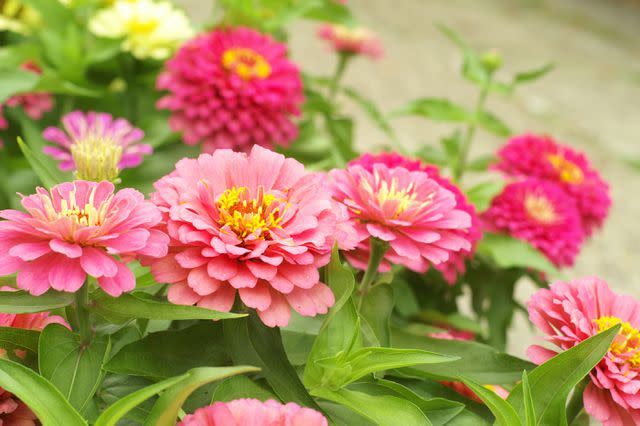
The bold colors and blooms of zinnias will be a showstopper in your garden—and they make great cutting flowers too. Preferring lots of sunlight, and though they'll thrive in the ground, you can also grow zinnia flowers in a pot. Zinnias are not just beautiful, they also attract butterflies to your garden.
Related: When to Use Annual vs Perennial Plants in Your Garden
For more Real Simple news, make sure to sign up for our newsletter!
Read the original article on Real Simple.

